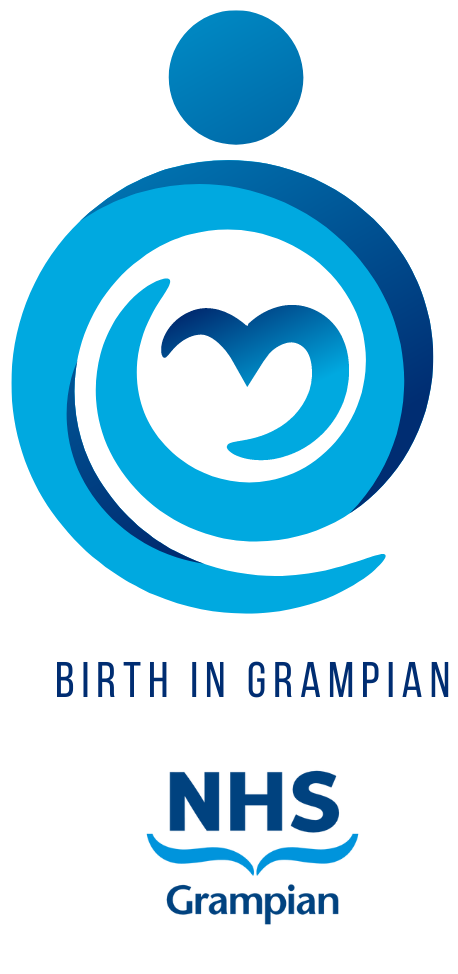Contents
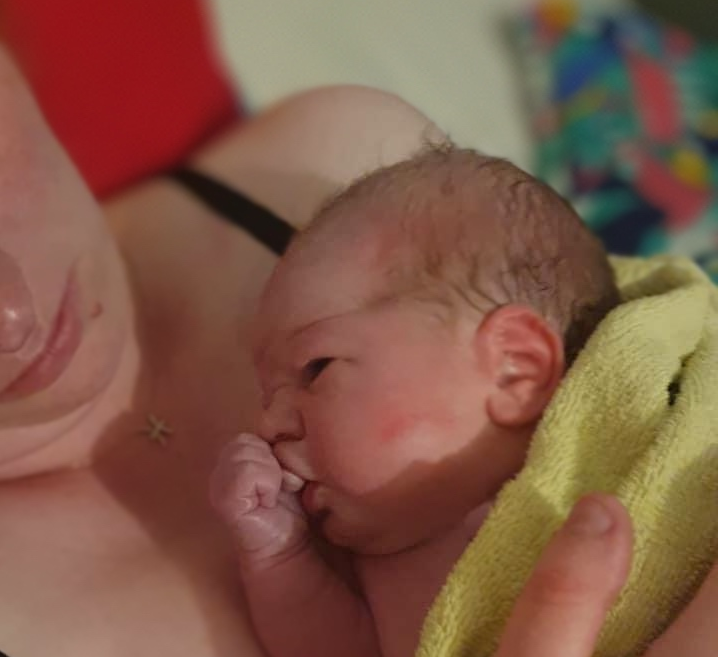
Now your baby has arrived
As long as you are both are well, your baby will be lifted onto your chest for skin to skin contact and you can cuddle them and make the most of those first magical moments.
Your midwife or doctor will carry out some initial examinations of you such as your pulse, blood pressure and if you had a vaginal birth check your perineum to see if you need any stitches. You can find out more information on what usually happens straight after your baby is born by clicking here.
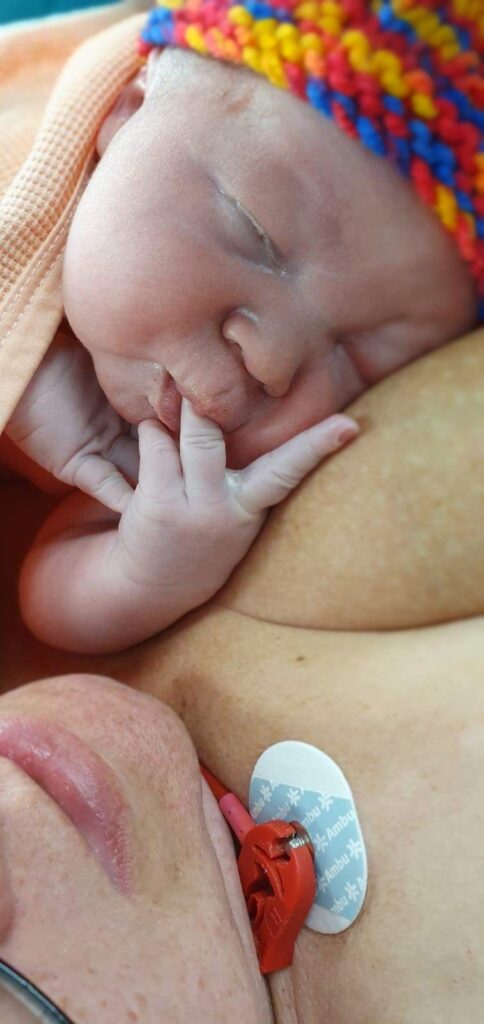
Skin to Skin Contact
Skin to Skin contact is when your baby is placed naked directly on your tummy or breasts immediately after birth, regardless of whether your delivery was vaginal or via C-section.
Skin to skin is so important for all babies, regardless of how mum is thinking of feeding them.
- It Stimulates release of prolactin and oxytocin (which helps your uterus contract to prevent heavy bleeding)
- Calms, reassures and relaxes baby and mother
- Regulates baby’s heart rate and breathing
- Regulates baby’s temperature
- Stimulates breast-seeking behaviour and interest in feeding
- Stimulates endorphin release which have a painkilling effect and contribute to a ‘high’ for both mum and baby
- Protects baby from infection as helps to colonise them with your friendly bacteria which will help build up their immune system.
Skin to skin should continue uninterrupted for as long as you wish – midwives will talk about the magical hour after delivery which means leaving washing or dressing until later on, with only medical procedures you consent to delaying or interrupting your choice to have skin to skin.
If for any reason you are unable to have skin to skin, many of the benefits of bonding and calming the baby through skin to skin contact can be enjoyed between baby and your partner until you can return to that lovely cuddle.
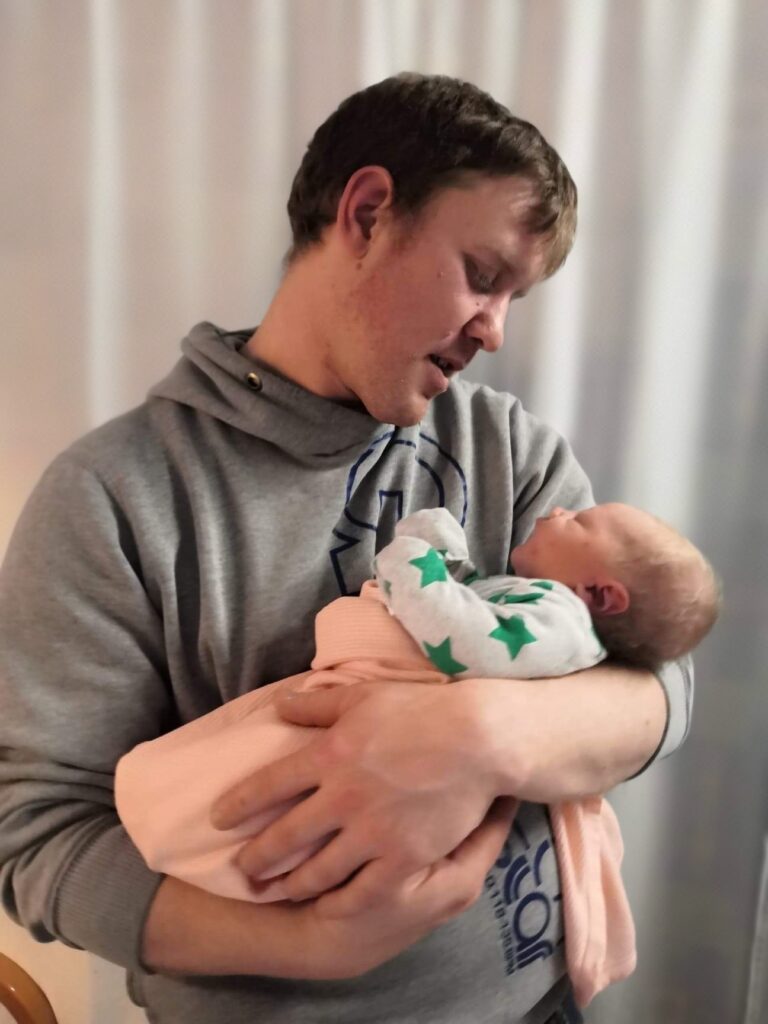
Initial checks of your baby
After skin-to-skin contact your midwife will offer to weigh your baby, and measure your baby’s head circumference and do an initial examination of your baby. Your baby doesn’t need to be washed for at least 24 hours.
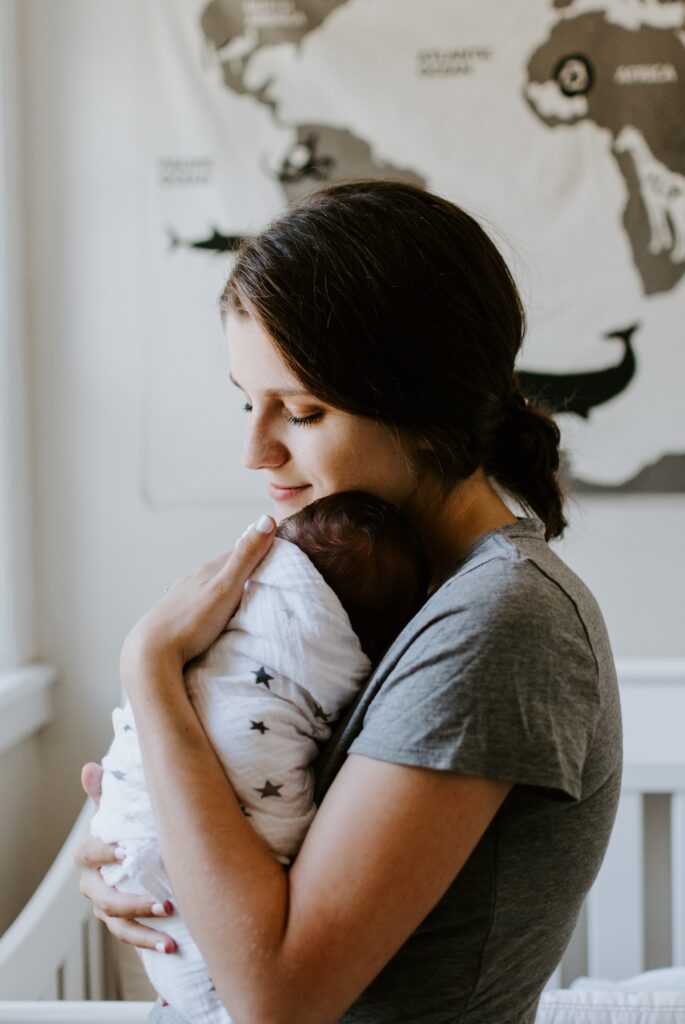
Vitamin K
After your baby is born you will be offered a supplement of Vitamin K for your baby. It’s recommended that all newborn babies have a vitamin K to help prevent a rare bleeding disorder called haemorrhagic disease of the newborn.
Vitamin K is a substance that is naturally found in the body which plays an essential role in the normal process of blood clotting. Newborn babies have low levels of Vitamin K in their blood and occasionally start to bleed. This is called Vitamin K Deficiency Bleeding (VKDB) or Haemorrhagic Disease of the newborn. It’s rare, but can be very serious. VKDB occurs in a very small number of babies, approximately one in every 10,000. The impact of VKDB can be mild, or in rare cases can lead to death. Approximately 30 out of 100 babies with VKDB are left with a mental impairment because of bleeding to the brain.
If you baby develops VKDB in the first few days of life and also up to 6 months of age, they may have obvious bleeding:
- From their umbilical stump
- In their urine
- From their bottom
- From their skin, nose or gums
- Appearing as bruises on the skin
- There is also a risk of internal bleeding, for example, inside their head.
Babies are more at risk of VKDB if:
- They were born prematurely (before 37 weeks)
- They were born by forceps, ventouse or caesarean section
- They are bruised after birth
- They had breathing difficulties at birth
- You are on certain medication during your pregnancy, such as anticonvulsants (medication for epilepsy)
- Your baby is circumcised
Even if your baby is not at a higher risk of developing VKDB, they could still develop Vitamin K Deficiency. About one third of babies with VKDB do not have any of the risk factors outlined above. VKDB is preventable by giving your baby vitamin k soon after birth to prevent VKDB until they build up their own supplies.
How it’s given?
Vitamin K will be offered shortly after your baby’s born. Your midwife will be able to give you information about it, but it’s up to you whether you agree to have it. There are 2 ways for your baby to have vitamin K:
- By injection (vitamin K shot or jag), which is done once just after your baby’s born
- By mouth
If you choose to have the supplement by mouth, your baby will need:
- 2 doses in the first week if you’re feeding with formula (formula milk already has vitamin K in it)
- 2 doses in the first week, and a third when they’re a month old, if you’re breastfeeding
By injection is the recommended method for giving Vitamin K because it is a one off dose and has been shown to be more effective for preventing VKDB.
Are there any drawbacks to Vitamin K supplements?
In the early 1990s it was suggested that vitamin K injections might increase the risk of leukaemia (a type of cancer of the blood) in children, however, there has been many more research and reports which have since disproved this. Current well-informed scientific opinion is that there is no link.
Does my baby have to be given Vitamin K?
No, as a parent you have the right to decline. Whilst we do recommend and encourage all babies have vitamin K it is you can decline this. We would encourage you to discuss you wishes or any questions you may have with your midwife.
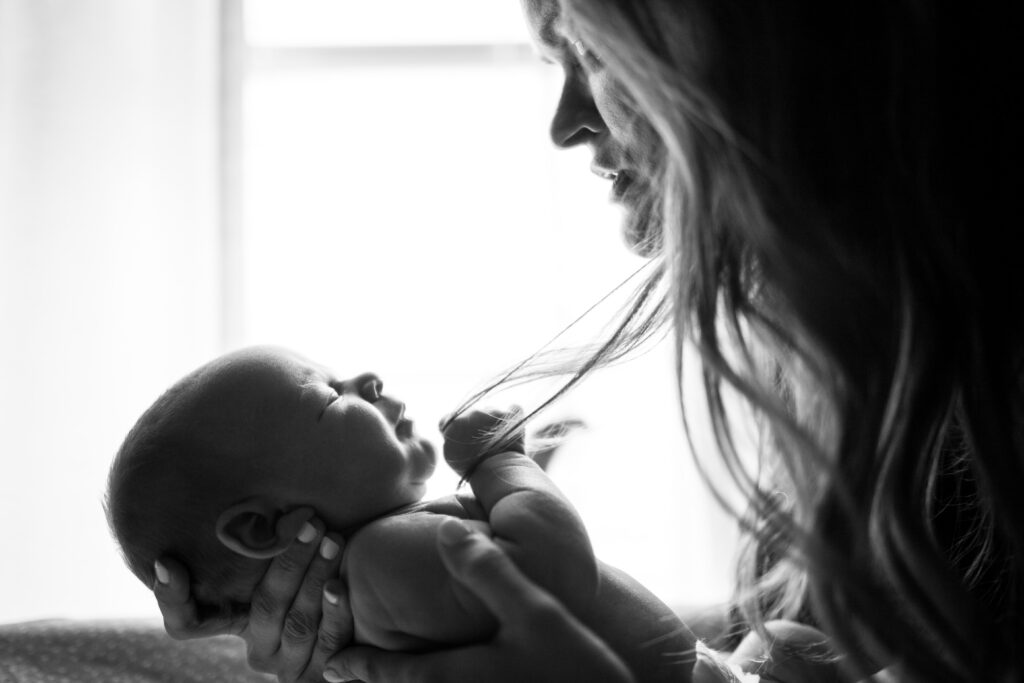
Perineal Tears
Perineal trauma or tears happen when the area between the vagina and anus (back passage) is damaged after giving birth. Once the placenta is delivered your midwife will check your perineum (the bit in between your vagina and back passage) for any tears , this is common and sometimes requires stitches to aid healing. Some women will have had an episiotomy (a cut to the perineum) which will require stitches. The amount of damage is categorised into four degrees- you can find out more information regarding different types of tears by clicking here.
You can also find more information on perineal tears and episiotomy and recovery at the following links:
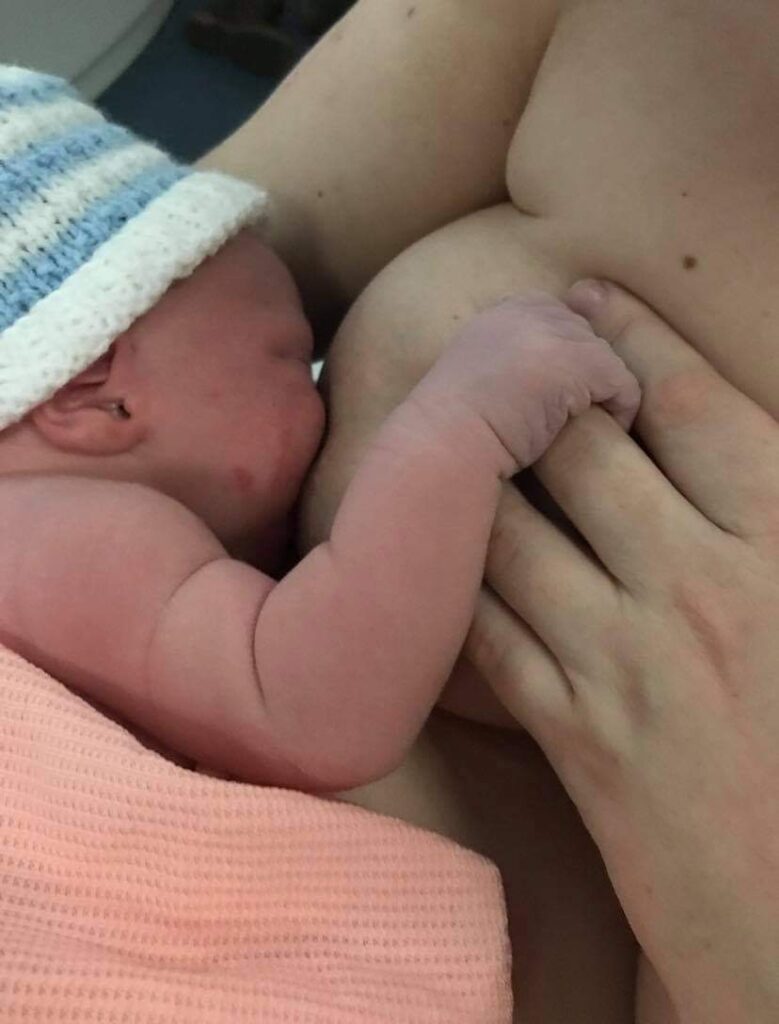
Feeding your baby
Your midwife will support you to try feed your baby as soon as possible following the birth. You can find out more information of feeding your baby by clicking here.
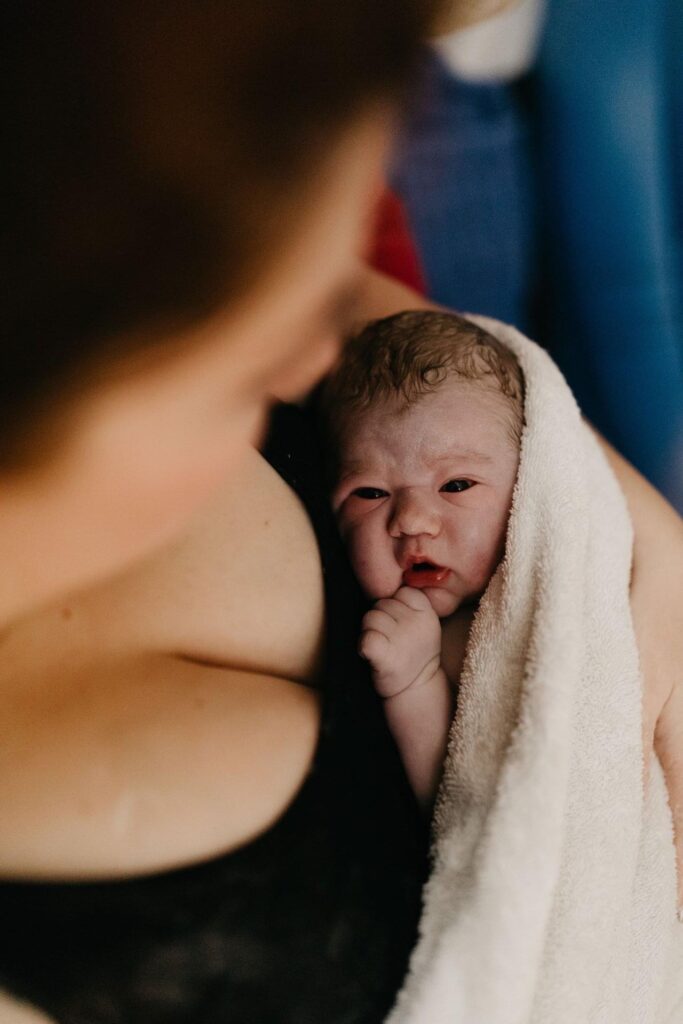
Going home
If all is well with you and your baby and no further checks or monitoring is required you may be able to go straight home when the time is right and appropriate for you and your baby. If there is any further monitoring or support recommended for you or your baby you will be transferred to another room or to the postnatal ward for this ongoing care.

Further Resources
Download this useful information leaflet from UNICEF Building a happy baby: a guide for parents
